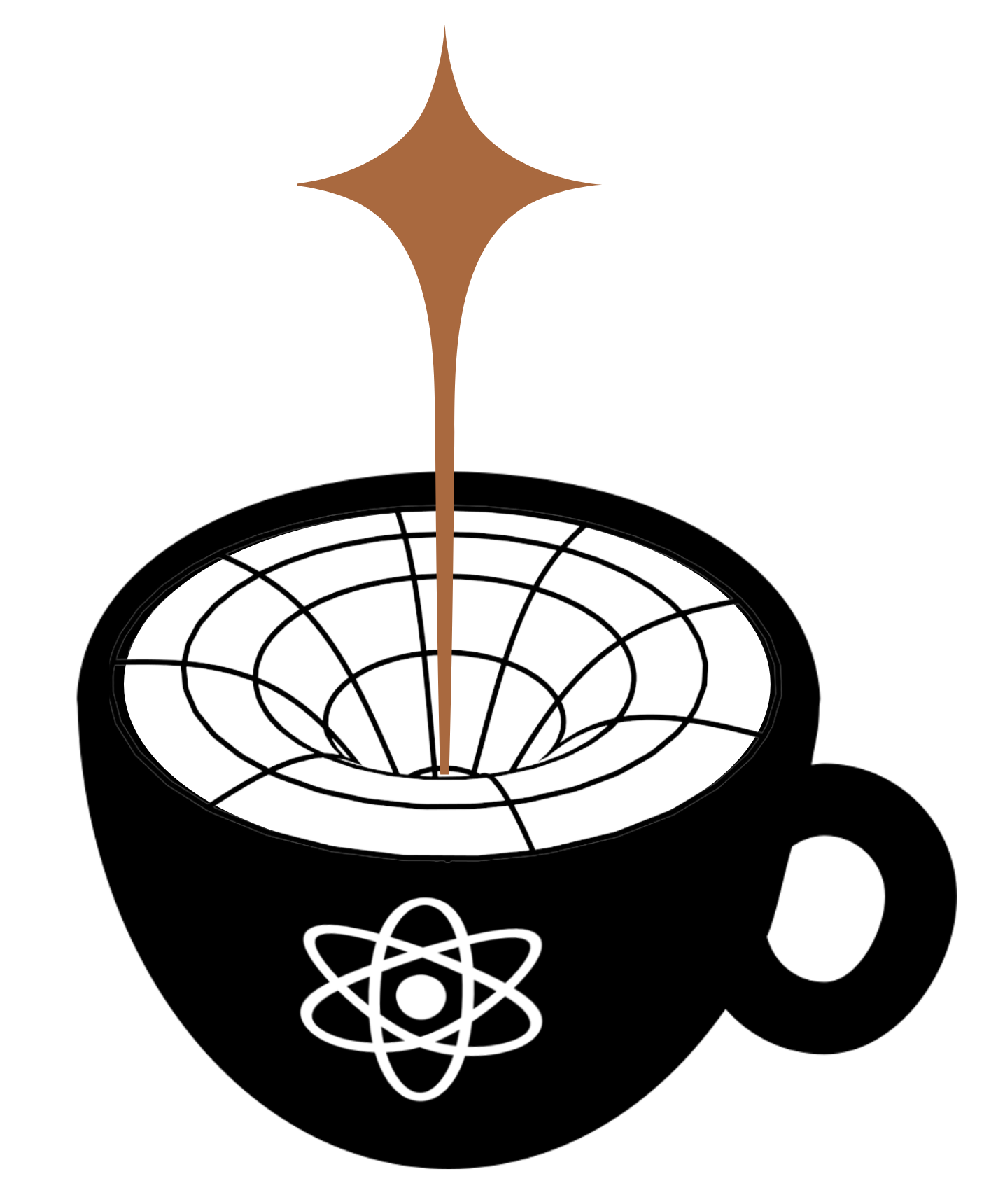 |
Café com Física |  |
|
20 de outubro de 2025
14h00 Anfiteatro Verde (IFSC-USP) Patrícia C. M. Castilho Instituto de Física de São Carlos Universidade de São Paulo Phase separation dynamics in a two-component Bose-Einstein condensate Pattern formation is all around in nature, from the ocean waves to the periodic order of water droplets in a spider web and fingering-light structures that appear when a localized fluid-droplet expands in another fluid. In the context of classical fluids, described by standard hydrodynamic equations, these well-defined structures arise from the onset of a hydrodynamic instability. In this case, any perturbation may trigger the exponential growth of unstable modes, where the mode with the largest rate, i.e. the fastest growing mode, will eventually dominate the pattern structure. Understanding how these structures are formed and evolve may contribute to the optimization of processes related to oil extraction and fabrication of miniaturized materials and to answer more fundamental questions such as how a flow becomes turbulent. Quantum fluids, such as superfluid helium and atomic Bose-Einstein condensates (BECs), can also be described by hydrodynamic-like equations and therefore sustain the appearance of hydrodynamic instabilities. For the case of an immiscible quantum fluid mixture, phase-separation occurs via the onset of a modulation instability (MI), creating alternating domains of each component with a characteristic length scale. Here, we study the appearance and evolution of this instability in a two-component BEC of sodium atoms composed of two different hyperfine states, resulting in a concentric alternating ring-structure in time-of- flight images. By combining distinct methods, we were able to estimate the characteristic length and time scales related to the MI, which could be further compared with realistic numerical simulations. 
 |